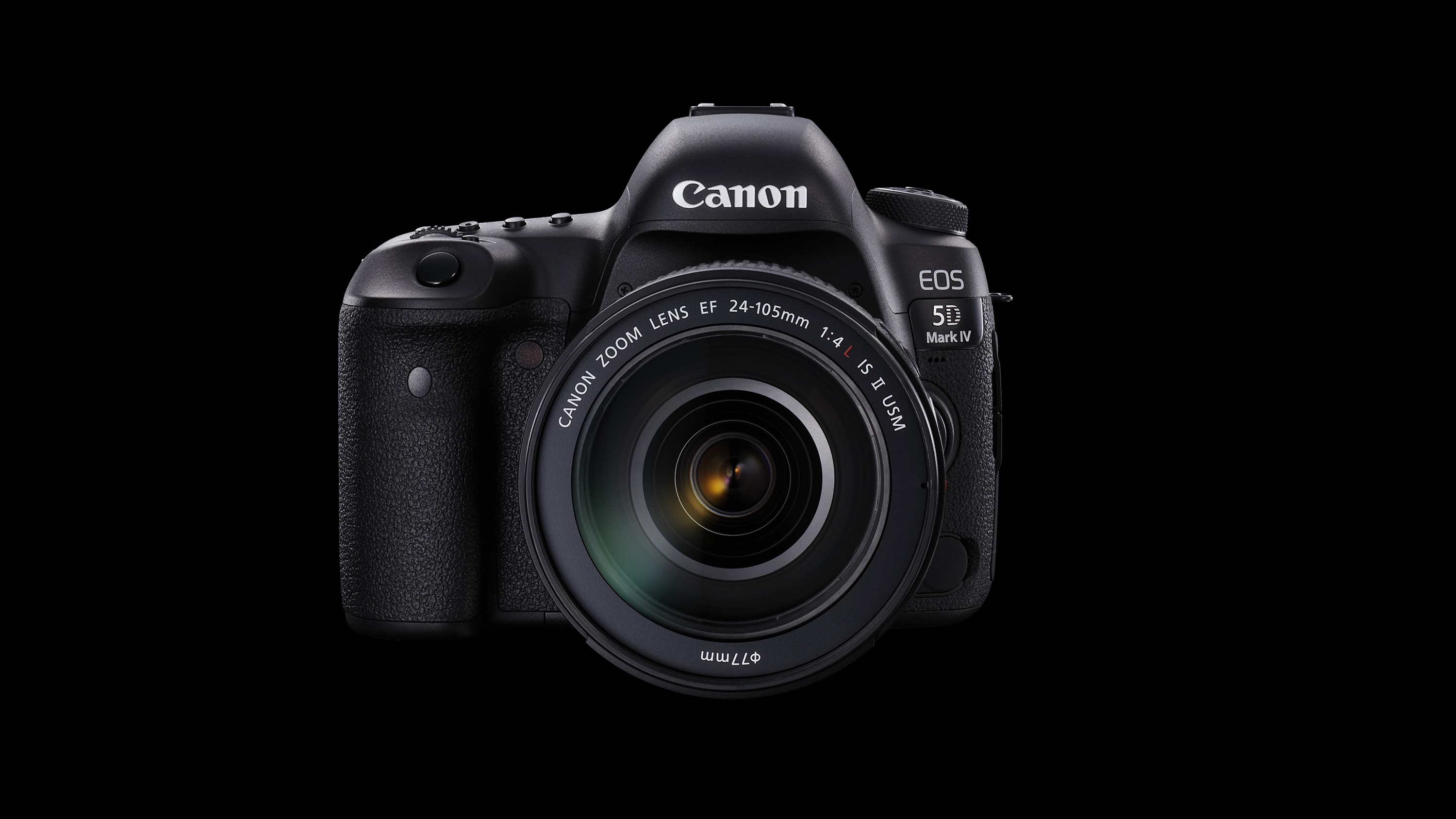

This is a good move that will help you find the options you want more quickly.Īs the D750 is an SLR, there’s also an optical viewfinder for composing. When the White Balance button is pressed, for example, the screen shows more clearly which control is used to switch between preset values, and which adjusts the selected value to make images warmer or cooler.Īlthough the main menu looks at first glance like a close match for those on other Nikon DSLRs, a second look reveals that the video options now have their own tab in the menu structure. The D750 interface has changed a little in comparison with the D610’s.

And surely the ‘i’ and Info buttons’ functions could also be combined into a single control? There are a couple of customisation options (for example Assign Fn button) in this list, and we don’t understand why these are in a quick access menu instead of being restricted to the main menu. When this is pressed, a list (rather than the usual grid) of features appears. A couple of controls on the D610 are also in a different position on the D750 and there’s an ‘i’ button. However, the mode dial on the top-plate has the addition of Effects for accessing the Special Effects modes. The D750 looks similar to the Nikon D610, now discontinued. Inside there’s a Kevlar/carbon fiber composite shutter, which has been tested to 150,000 cycles. A combination of magnesium alloy and carbon fibre means that it has a good solid feel without excessive weight, and it’s reassuring to know that the camera has the same degree of weatherproofing as the high-end Nikon D810 from the same era. Nikon has used a monocoque construction for the D750. The camera can also output uncompressed footage via an HDMI connection to facilitate high-quality recording to an external device.

There are plenty of video-orientated cameras around today that don't have a headphone port, though the Nikon D750 came out long before anyone had thought of log modes. And videographers will appreciate the microphone port, headphone port, audio level fine-tuning, Spot White Balance mode, Flat Picture Control mode, and Zebra patterns to indicate which areas are in danger of burning out. While video is limited to 1080p, the D750 can record up to 60 frames per second. There’s also a useful highlight metering option, calibrated to take greater note of the brightest part of the scene to prevent it from being burned out. There is a Group Area AF mode to help when shooting subjects that are comparatively small and against a high-contrast or distracting background.Įxposure metering is handled by a 91,000-pixel RGB sensor. This has 51 points, 15 of which are the more sensitive cross-type and 11 that operate down to f/8, which is especially useful for photographers who want to use an extender with their telephoto lenses. It’s also possible to shoot at up to 6.5 frames per second, though some sports photographers may want something a bit faster.īetter news for action fans is that the D750 has Nikon's dependable and powerful Multi-Cam 3500 II autofocus module.
#Best frame dslr 2016 iso
This sensor and processor combination enables a native sensitivity range of ISO 100–12,800, with extension settings taking this to ISO 50–51,200. Unlike many later Nikon models, though, there’s an anti-aliasing filter over the sensor.

Aimed at enthusiasts, at its heart the Nikon D750 has a 24.3-megapixel full-frame CMOS sensor and an Expeed 4 processing engine.


 0 kommentar(er)
0 kommentar(er)
